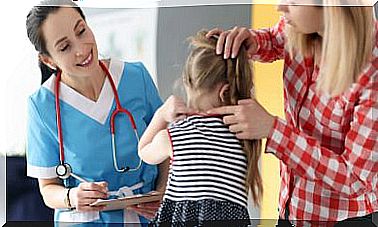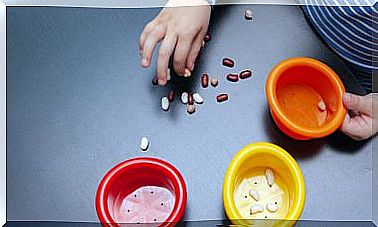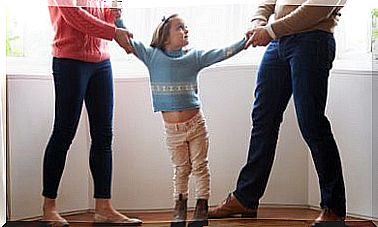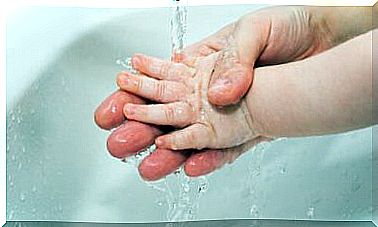Tips To Combat Infant Constipation
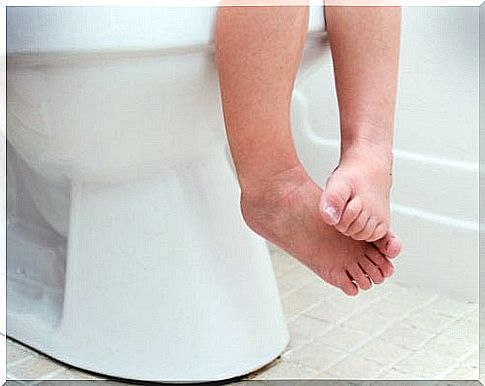
Although it seems like a granny’s advice, milk of magnesia helps to effectively fight childhood constipation. Yes, milk of magnesia is an effective agent, explains the document entitled Diagnosis and treatment of constipation in children, released by the National Health System of Spain.
This study also recommends glycerin suppositories as a treatment against constipation for children under 1 year of age and, if necessary, also invites them to apply an enema with saline solution.
But before medicating the child, keep in mind that the normal frequency of defecation varies according to age, from four bowel movements a day in the first week of life, to 1 or 2 bowel movements a day in 4-year-olds.
The frequency of stools will decrease progressively according to the age of your child.
“Constipation is characterized by difficulty in defecation, often painful, of hard and large stools emitted at long intervals of time”, conceptualize Camarero Salces C and Rizo Pascual JM, pediatric physicians.
How to detect if your child suffers from constipation
It is vital to know the signs of the disease. The presence of different symptoms in the child’s defecation habits can serve as a signal to identify a constipation problem.
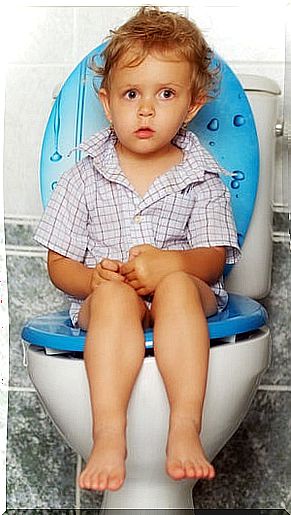
These problems must have been going on for a month or two to really be considered symptomatic.
There are also periods when a child is more susceptible to constipation.
In fact, there are three critical moments in which this condition can be exacerbated:
- Weaning the infant.
- The removal of the diaper.
- The beginning of school.
Symptoms in Babies Under Four Years Old
In children under four years of age, there could be a case of constipation if, for at least a month, two or more of the following problems are detected:
- Bowel movements are very hard and / or painful.
Painful stools are usually the symptom that triggers the rest of the problems, since they produce a feeling of fear of pain that affects both physically and mentally.
- The child only defecates once or twice a week.
- Bowel movements occur involuntarily at least once a week.
- The child retains excessive stool.
- A large fecal mass is found in the rectum.
- The expelled stool is very large.
Symptoms suffered by older children
In children over four years of age, the period for detecting problems would extend to a minimum of two months, that is, we would be facing a case of constipation if two or more of the following symptoms are detected for at least two months:
- The child defecates three or less times a week.
- Bowel movements occur involuntarily at least once a week.
- The child avoids defecating voluntarily.
- Pain when defecating
- Large stools that can even be felt at the abdominal level.
- Blood in the stool.
Now that you know the symptoms and if your child is indeed constipated, pay attention to eating. In general, the child with constipation drinks little liquid, has an unbalanced diet, rich in protein with little fiber.
Thus, after emptying your stomach, it is essential to change your eating habits.

Food against constipation
Like adults, your child requires an adequate diet with fruits, vegetables, legumes and cereals; this is part of the first-line treatment of constipation.
The introduction of a diet of these characteristics sometimes requires the use of fiber supplements.
Eating whole grains is a good option to improve constipation, as well as eating apples and pears with their skin on.
There are foods rich in fiber such as green beans, carrots, lentils and almonds that you can gradually include, and without impositions, in your child’s diet.



